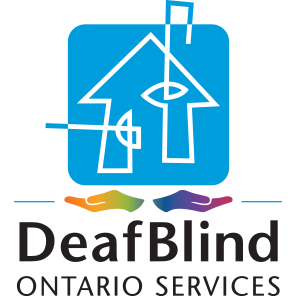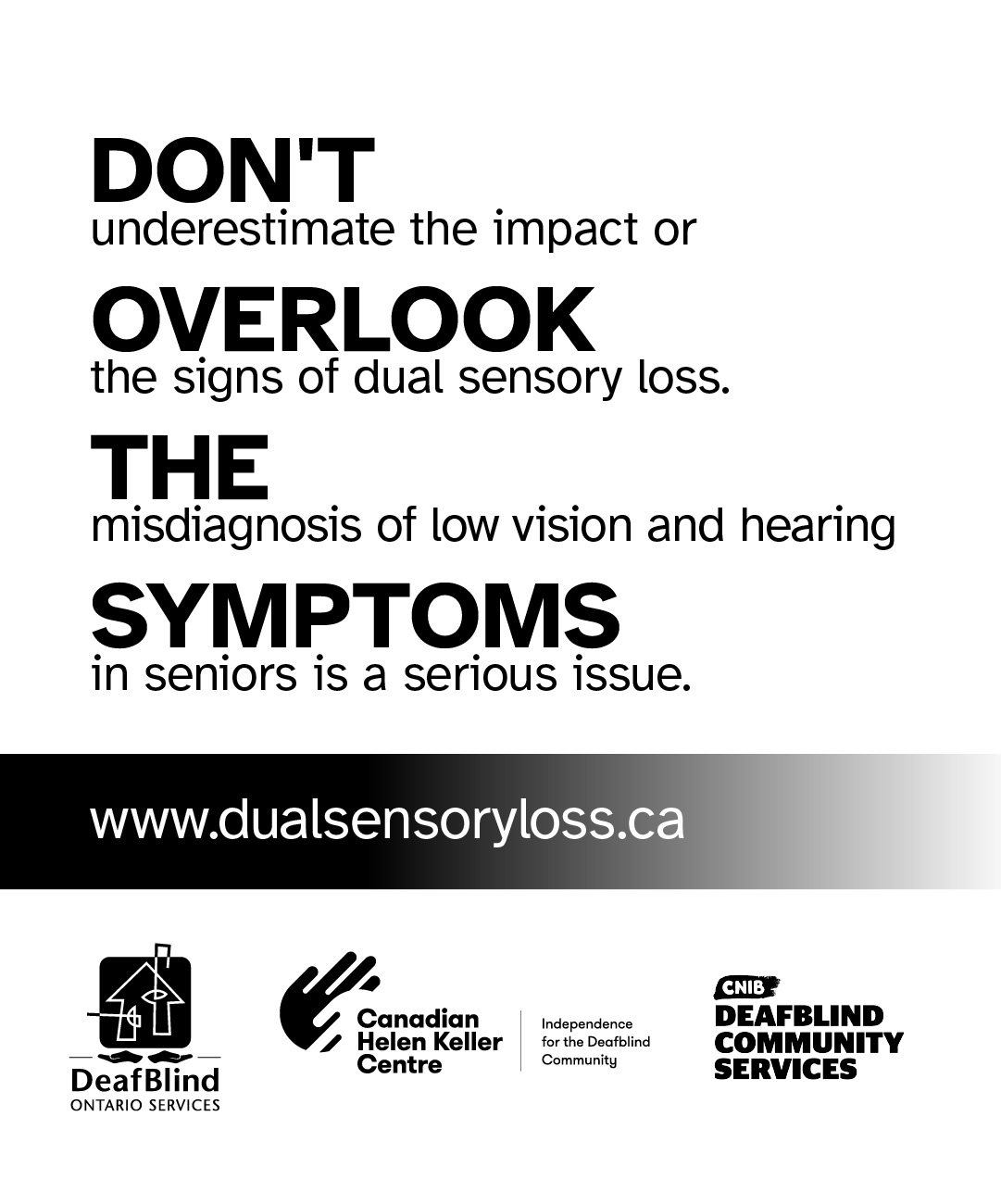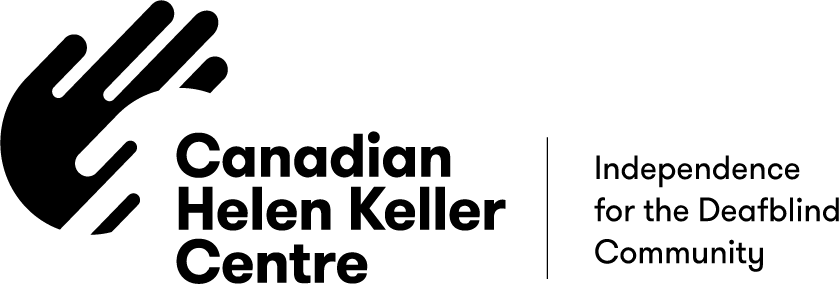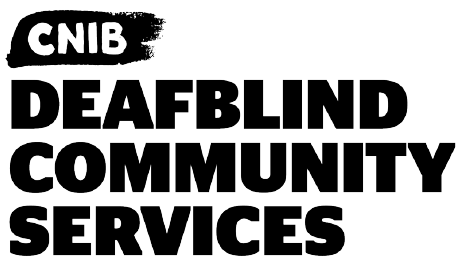Are you overlooking the signs of dual sensory loss?
95% of the information about the world around us comes from our vision and hearing, and sensory impairment is one of the most common chronic conditions of later life.
For seniors, dual sensory loss (mild to moderate impairment of hearing and sight) is even more likely to reduce their everyday competence and ability to function independently in the community – and may often be misdiagnosed as depression, dementia, or other conditions.
Rising life expectancy and an increasing number of older people in the population means a growing number of individuals are affected by dual sensory impairment.
Yet older Canadians often do not identify with the labels of ‘deaf’ or ‘blind’. By bringing attention to and addressing dual sensory loss, we can significantly improve both their quality and span of life through appropriate supports such as hearing aids and ophthalmological treatment, which can reduce risk of injury (eg. slips and falls) and frailty. For caregivers, it can help them consider the impact of their actions and how simple behaviour modification can improve interactions.
Age-related sensory loss has been overlooked by aging individuals, health care workers, and policy makers. It’s time to change that.
DeafBlind Ontario Services, along with CNIB Deafblind Community Services and Canadian Helen Keller Centre are collaborating to build awareness about the prevalence and impact of dual sensory loss among seniors.
To learn more, visit:






